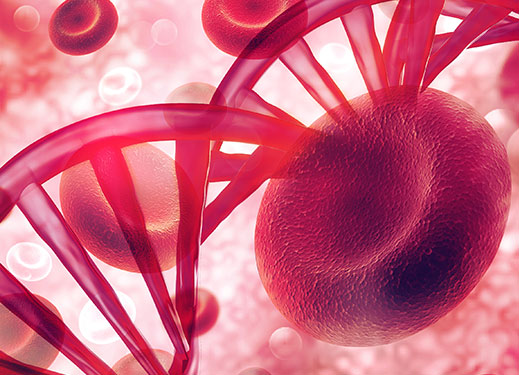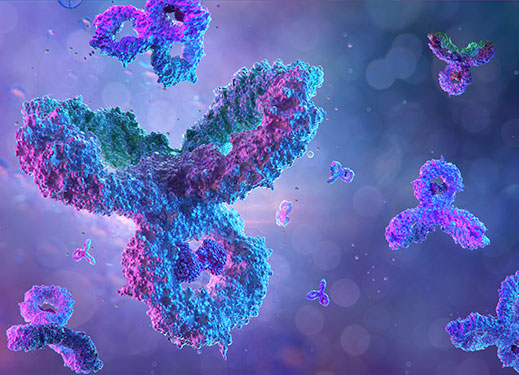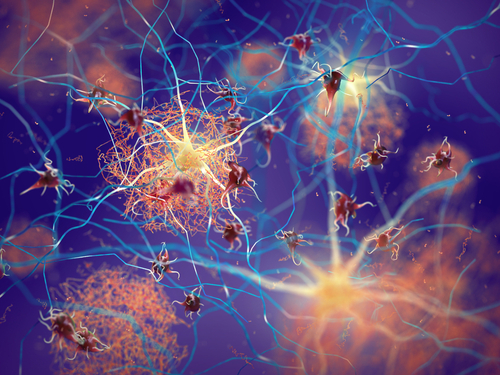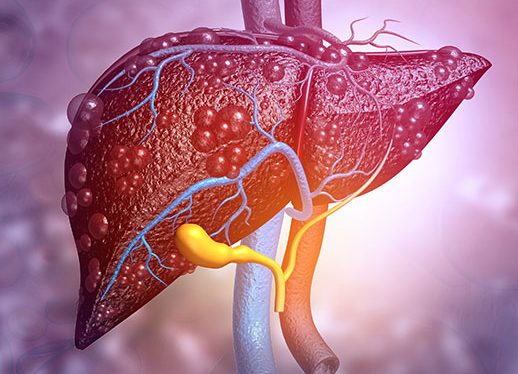Novel Antibody Therapeutics
We are working to develop a broad portfolio of antibody drugs that addresses unmet medical needs. Our programs follow strict R&D principles to maximize the likelihood of success–including selecting targets backed by strong genetic evidence, discovering lead molecules through rigorous scientific investigation, and improving developability of drug candidates by antibody engineering.

Our Current Pipeline
Program 1 – MWTx 01
Patients with ineffective erythropoiesis such as beta thalassemia and myelodysplastic syndrome have limited therapeutic options against iron toxicity imposed by excessive iron loading.
MWTx 01 is a recombinant monoclonal antibody targeting a key regulator in the iron homeostasis pathway, developed to treat iron overload disorders. Through modulating the expression of hepcidin, the master regulator of iron metabolism, MWTx 01 demonstrated outstanding efficacy in improving iron toxicity and anemia in animal models.
MWTx 01 IND application has been approved by FDA on November 18, 2022.

Program 2 – MWTx 02
The complement system is an important component of innate immunity and a critical mechanism in the maintenance of tissue homeostasis. Aberrant activation of complement can cause tissue damage and fuel systemic inflammation, contributing to pathogenesis of many diseases.
MWTx 02 is an antibody drug designed to modulate the activation cascade in the classical complement pathway, and to treat complement-mediated autoimmune diseases, such as immune thrombocytopenia purpura, a rare and potentially serious blood disorder affecting over 200,000 people worldwide.
MWTx 02 is under CMC development for IND enabling studies.

Program 3 – MWTx 03
Alzheimer’s disease (AD) is the most common form of neurodegenerative diseases, ranked as the 7th leading cause of death in the United States. Patients eventually lose their ability to carry out daily activities due to memory loss, changes in behavior and other disabilities. None of the current approved medications for AD shows significant benefit in modifying the disease progression.
Amyloid plaques and tau tangles are the most prominent pathological features of AD brain. In the past decades, the main efforts in AD therapeutic development have been focused on targeting Ab deposits and Tau tangles. However, recent discoveries suggest that neuroinflammation also play a prominent role in AD pathogenesis. The identification of microglia-associated risk factors added a number of new targets to the list.
Leveraging breakthroughs in the last decade in our understanding of AD, at Mabwell Therapeutics, we are working to develop novel therapeutics against various targets for AD so that patient care can be tailored according to their individual needs.
MWTx 03 is currently at the CMC development stage.

Program 4 – MWTx 04
Nonalcoholic fatty liver disease (NAFLD) is the most common chronic liver disorder. 10-40% of NAFLD patients are projected to progress to nonalcoholic steatohepatitis (NASH), which is one of the leading causes for liver cancer as well as cirrhosis, an end stage liver disease. Dysregulation of different cell types in the liver contribute to the disease progression at distinct stages of NASH. Major risk factors for NAFLD/NASH include obesity and metabolic syndrome. Dietary intervention or weight loss can be effective in treating NAFLD patients but not for patients with advanced NASH. Currently no therapeutics have been approved for NASH.
At Mabwell Therapeutics, we are working to develop novel therapeutics to halt or reverse the progression of the disease by normalizing inflammation in the liver of NASH patients.
MWTx 04 is in early drug discovery.

| Program | Target | Indication | Drug discovery | Ind-enabling | Phase 1 | Phase 2 | Phase 3 |
|---|---|---|---|---|---|---|---|
| MWTx 01 | TMPRSS6 | Iron overload disease | |||||
| MWTx 02 | C1S | Complement-mediated autoimmune disorder | |||||
| MWTx 03 | Undisclosed | Alzheimer’s disease | |||||
| MWTx 04 | Undisclosed | Liver disease | |||||